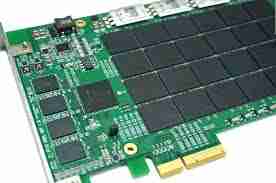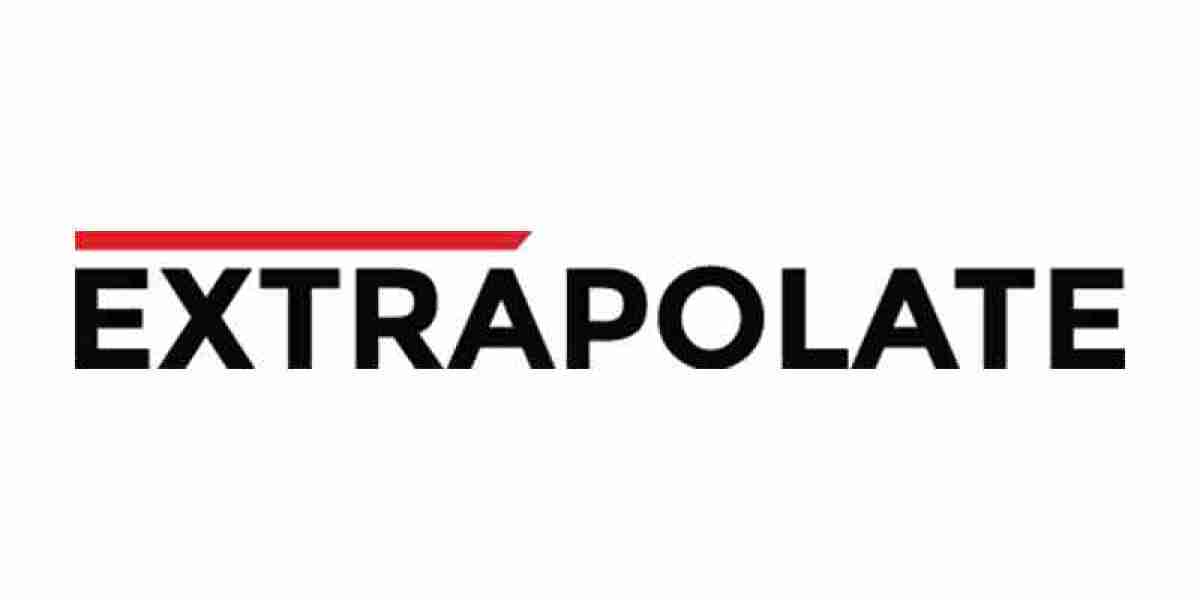The flash based array market has experienced dynamic transformation over the past few years, propelled by increasing demand for high-speed data access, scalability, and energy-efficient storage systems. As businesses worldwide adopt digital-first strategies, the role of flash storage in supporting mission-critical applications, artificial intelligence (AI), machine learning (ML), and hybrid cloud environments has intensified. Recent developments in the FBA market reflect this shift, as vendors innovate rapidly, expand portfolios, and respond to changing enterprise needs.

Surge in NVMe-Based Flash Array Adoption
One of the most notable recent developments in the FBA market is the widespread adoption of NVMe (Non-Volatile Memory Express) technology. NVMe flash arrays significantly outperform traditional SATA and SAS-based systems by delivering faster input/output operations and reduced latency. Many leading storage vendors have introduced NVMe-only and NVMe-over-Fabrics (NVMe-oF) solutions to address the growing demand for low-latency, high-throughput workloads. This transition to NVMe is not only improving system performance but also enabling enterprises to consolidate workloads and reduce their data center footprint.
Emergence of QLC NAND in Enterprise Arrays
Quad-Level Cell (QLC) NAND technology is making its way into enterprise-grade flash arrays, offering higher storage densities at lower costs. QLC flash enables vendors to deliver more affordable FBA options without significantly compromising performance, making it suitable for read-intensive applications such as backup, archival, and content delivery. Recent product launches featuring QLC NAND are helping address the price-performance balance that enterprises seek when transitioning from hard disk drives to all-flash solutions.
AI-Powered Storage Management and Automation
Another significant development is the integration of AI and machine learning into flash storage management platforms. AI-driven analytics help predict performance bottlenecks, automate data tiering, and conduct proactive system maintenance. Recent FBA solutions feature intelligent dashboards that assist IT teams in optimizing storage utilization and improving uptime. These AI-enhanced systems are especially valuable in large-scale deployments, where manual management becomes complex and inefficient.
Expansion of Flash Arrays in Edge and Remote Applications
Edge computing is reshaping how data is processed, stored, and transmitted. To meet the demand for faster local data processing, several storage companies have introduced compact and ruggedized flash arrays tailored for edge environments. These recent developments enable real-time analytics and low-latency processing in sectors such as manufacturing, healthcare, transportation, and retail. Flash arrays designed for the edge often come with features like remote management, high durability, and support for harsh environmental conditions.
Integration with Hybrid and Multi-Cloud Environments
The rise of hybrid and multi-cloud strategies has pushed FBA vendors to make their systems cloud-compatible. Recent flash arrays now offer seamless data mobility between on-premise systems and public clouds, with features such as automated cloud tiering, API integration, and container orchestration support. Storage vendors have also formed partnerships with major cloud service providers to optimize performance and provide customers with unified management interfaces across hybrid environments. This development is crucial for organizations seeking storage solutions that align with their cloud transformation goals.
Storage-as-a-Service (STaaS) Offerings Gain Momentum
Responding to growing demand for flexible procurement models, many FBA vendors have launched Storage-as-a-Service (STaaS) offerings. These subscription-based services allow enterprises to scale storage capacity on-demand while avoiding the upfront capital expense of traditional hardware purchases. Recent STaaS solutions feature predictable pricing, SLA-backed performance, and integration with backup and disaster recovery services. The popularity of this model is reshaping how organizations budget for and manage their IT infrastructure.
Improved Data Protection and Cybersecurity Features
As ransomware and cyber threats become more sophisticated, recent FBA offerings have incorporated robust data protection capabilities. Immutable snapshots, air-gapped backups, end-to-end encryption, and rapid restore features are now standard in many enterprise flash arrays. Vendors are also introducing real-time anomaly detection and threat analytics to minimize the impact of breaches. These advancements ensure that flash arrays not only perform well but also provide resilience and security for mission-critical data.
Energy-Efficient and Sustainability-Focused Designs
With increasing emphasis on ESG (Environmental, Social, and Governance) goals, flash storage vendors are investing in more energy-efficient designs. Newer FBA models are optimized for lower power consumption and thermal output, which reduces cooling requirements in data centers. Some companies are also adopting recyclable materials and environmentally responsible manufacturing practices. These recent initiatives support enterprise sustainability goals while reducing operational costs.
Industry Collaborations and Open Standards
To ensure interoperability and accelerate innovation, vendors are participating in industry collaborations such as the Storage Networking Industry Association (SNIA) and the Open Compute Project. These groups promote open standards and reference architectures for flash storage. Recent announcements from these alliances have led to standardized NVMe-oF protocols, software-defined storage frameworks, and benchmark testing tools. Such collaborations are essential for maintaining vendor-neutral ecosystems and driving broad market adoption.
Conclusion
The Flash Based Array market continues to evolve rapidly, driven by technological advancements and changing enterprise requirements. Recent developments—from NVMe integration and QLC adoption to AI-driven management and cloud compatibility—highlight how vendors are positioning themselves to meet modern storage challenges. As digital transformation accelerates across industries, the pace of innovation in the FBA space will remain strong. Companies that embrace these emerging technologies and evolving use cases are poised to lead the next era of enterprise storage.




